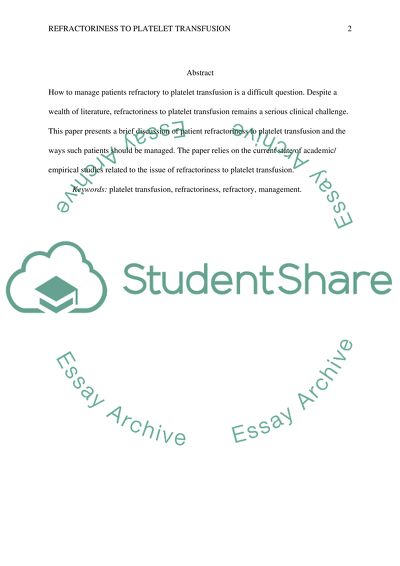Cite this document
(“Management of Patients Refractory to Platelet Transfusion Research Paper”, n.d.)
Retrieved from https://studentshare.org/health-sciences-medicine/1430196-management-of-patient-refractory-to-platelet
Retrieved from https://studentshare.org/health-sciences-medicine/1430196-management-of-patient-refractory-to-platelet
(Management of Patients Refractory to Platelet Transfusion Research Paper)
https://studentshare.org/health-sciences-medicine/1430196-management-of-patient-refractory-to-platelet.
https://studentshare.org/health-sciences-medicine/1430196-management-of-patient-refractory-to-platelet.
“Management of Patients Refractory to Platelet Transfusion Research Paper”, n.d. https://studentshare.org/health-sciences-medicine/1430196-management-of-patient-refractory-to-platelet.


